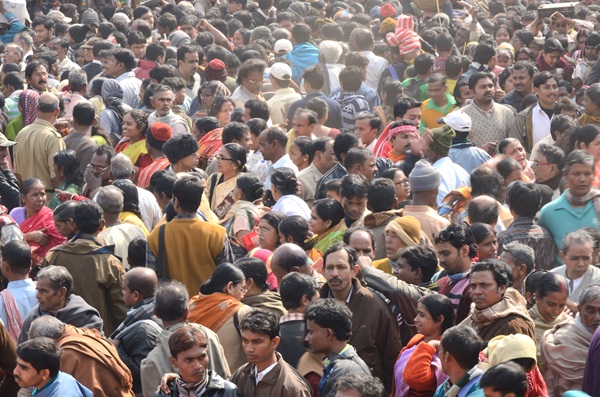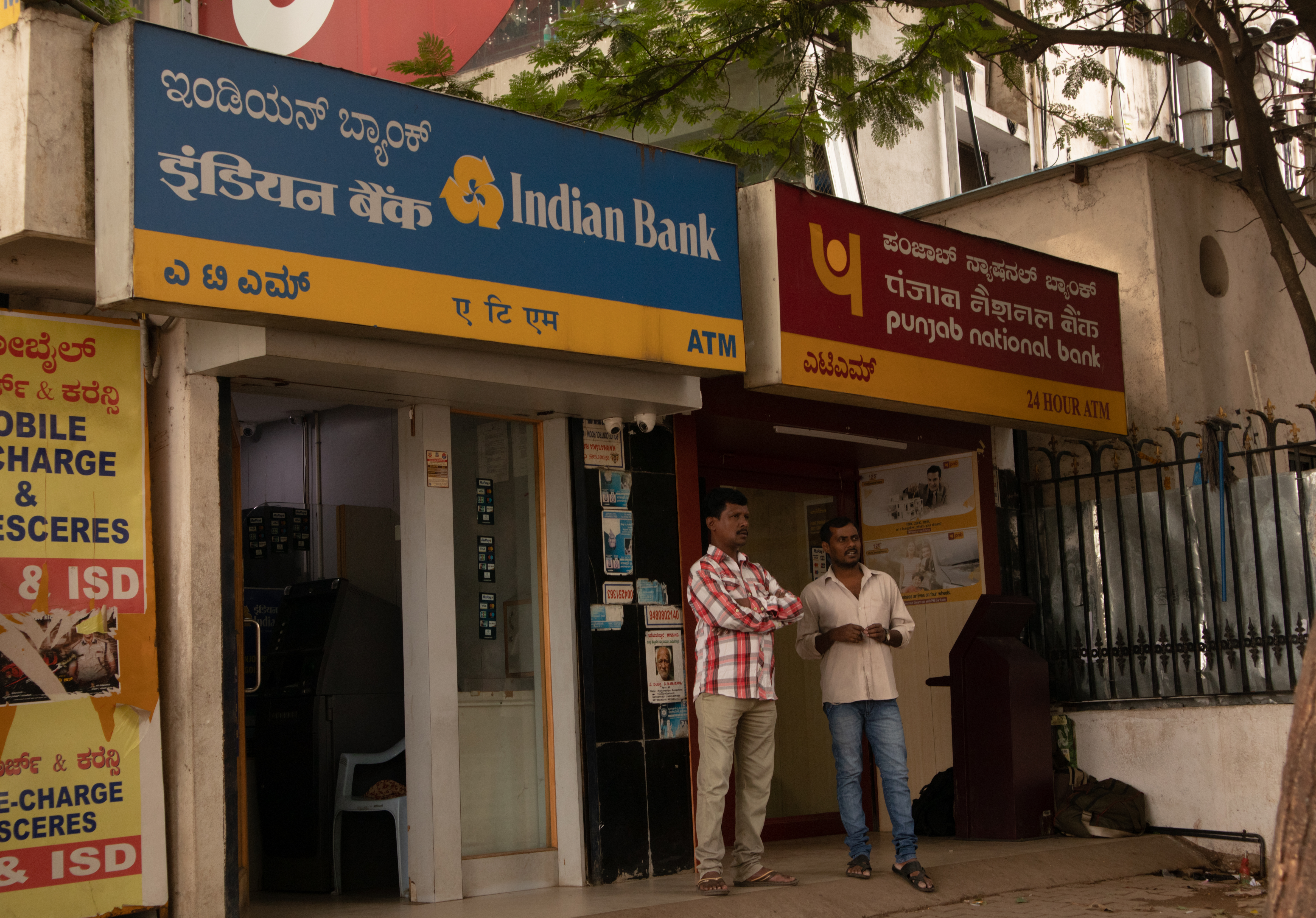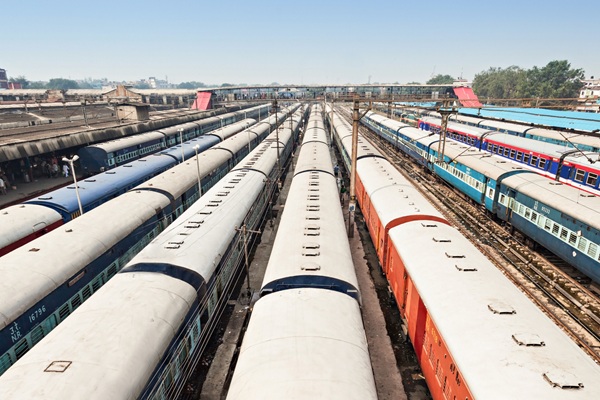.png)

Dhananjay Sinha, CEO and Co-Head of Institutional Equities at Systematix Group, has over 25 years of experience in macroeconomics, strategy, and equity research. A prolific writer, Dhananjay is known for his data-driven views on markets, sectors, and cycles.
October 30, 2025 at 12:59 PM IST
The Reserve Bank’s confidence in external resilience masks an uncomfortable truth. While Deputy Governor Poonam Gupta’s address at the Business Standard BFSI Summit lauds emerging markets for withstanding global shocks, it underplays the domestic fragilities now eroding that very resilience.
Gupta’s central claim is that the global economy has held up despite rising United States tariffs and geopolitical disruptions, largely because emerging markets have strengthened their policy frameworks since the crises of the 1990s. Flexible exchange rates, inflation targeting, and higher reserves have indeed helped avert balance-of-payments emergencies for more than two decades.
Yet the absence of crises does not necessarily denote strength. It can just as easily signal subdued private demand, weak investment, and diminished potential growth. India and China, the two economies that powered global trade in the 2000s, have seen a steady fall in their trade-to-GDP ratios since 2012. Investment and savings rates have slipped in tandem, job creation has stagnated, and income inequality has widened.
A narrowing current-account deficit may look reassuring, but it partly reflects an erosion of domestic dynamism. As savings and investment both decline, the need for foreign funding shrinks. The ratio of foreign capital to GDP has dropped to a 25-year low, and that is no badge of strength.
Gupta’s emphasis on improved policy design overlooks this deeper malaise.
The fact that India’s external balance appears sustainable owes less to structural reform than to the compression of demand. The RBI’s success in holding inflation at multi-year lows is admirable, but low inflation amid weak credit demand can also betray slack in household income and corporate capex.
Domestic Strain
rate, manageable debt, diversified inflows, and the adoption of inflation targeting. Yet resilience measured solely through the external account offers a partial picture. Economic durability rests on the health of domestic engines, consumption, jobs, and productivity, none of which shows convincing momentum.
Rising protectionism is compounding the problem, with global trade stagnating since the financial crisis and technology transfers slowing; the path once trodden by export-led Asia is narrowing. India’s manufacturing aspirations confront a world less open and a workforce still trapped in informal, low-productivity activity. The risk is not an external blow-up but a gradual loss of growth capacity—a slow bleed rather than a sudden stop.
Public finances, too, are less secure than they appear, as the government’s debt profile is largely rupee-denominated and domestically held, with interest costs consuming a growing share of revenue. Fiscal consolidation has stalled, and capital spending cannot indefinitely offset tepid private investment.
Gupta’s optimism that emerging markets can graduate from “emerging” to “emerged” status presumes that external buffers can substitute for internal reform. They cannot. Sustained prosperity will depend on reigniting private-sector dynamism and broadening employment, not merely defending the rupee or accumulating reserves.
Reality Check
The broader lesson for emerging markets is clear. Two decades of macroprudential discipline have reduced volatility but at the cost of vitality. The next phase of resilience will not be built on reserves or fiscal restraint alone but on restoring growth engines within.
India’s economic story remains one of promise, but policy complacency is its hidden risk. External steadiness may comfort investors, yet true resilience will be tested not by the next tariff shock but by the country’s ability to generate productive jobs and rising incomes at home.




